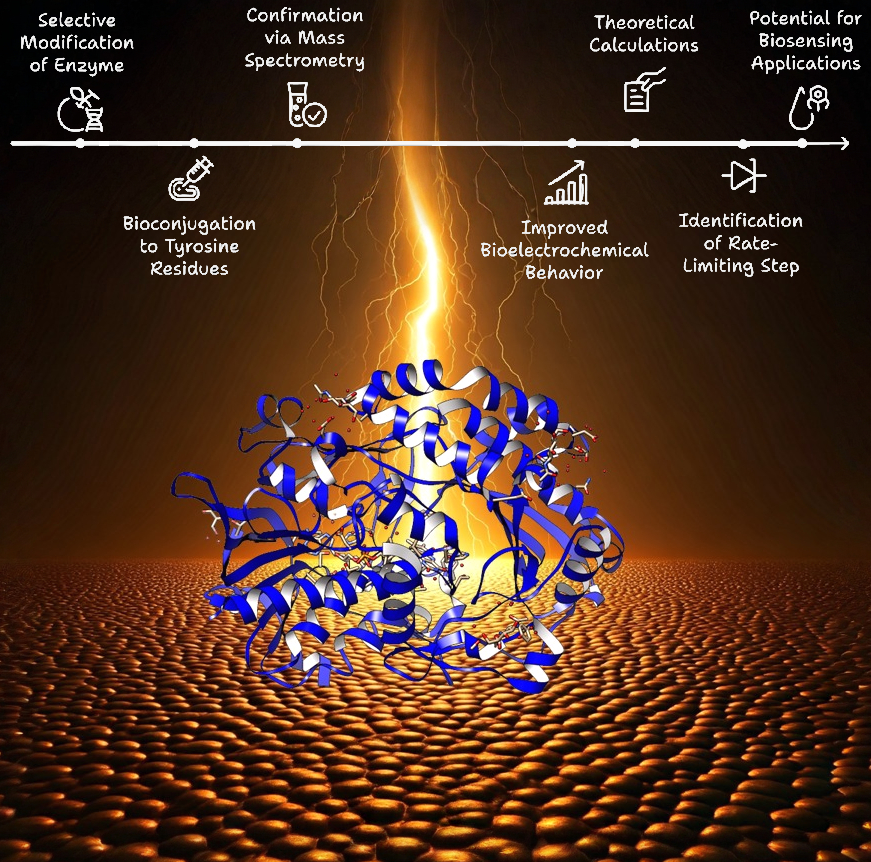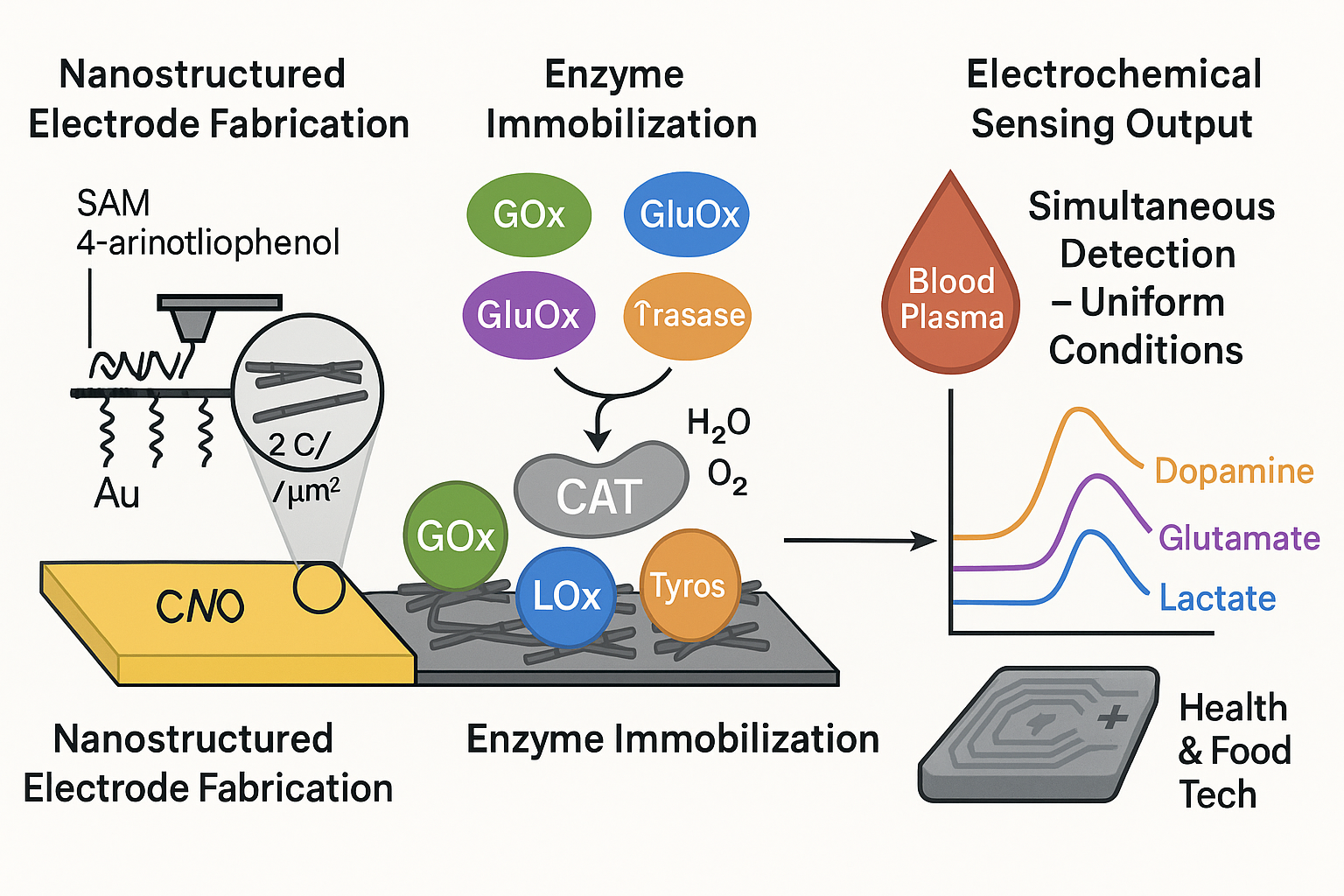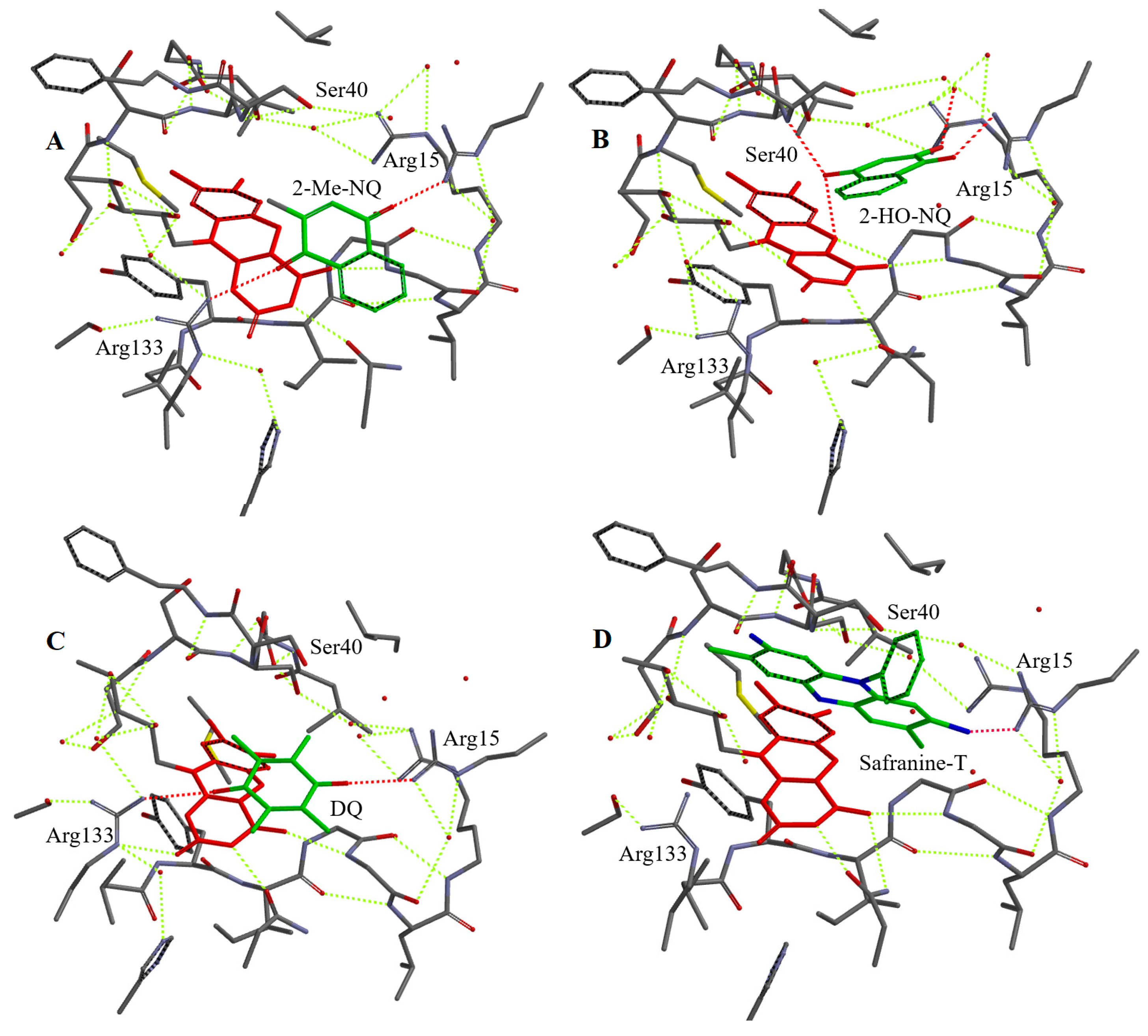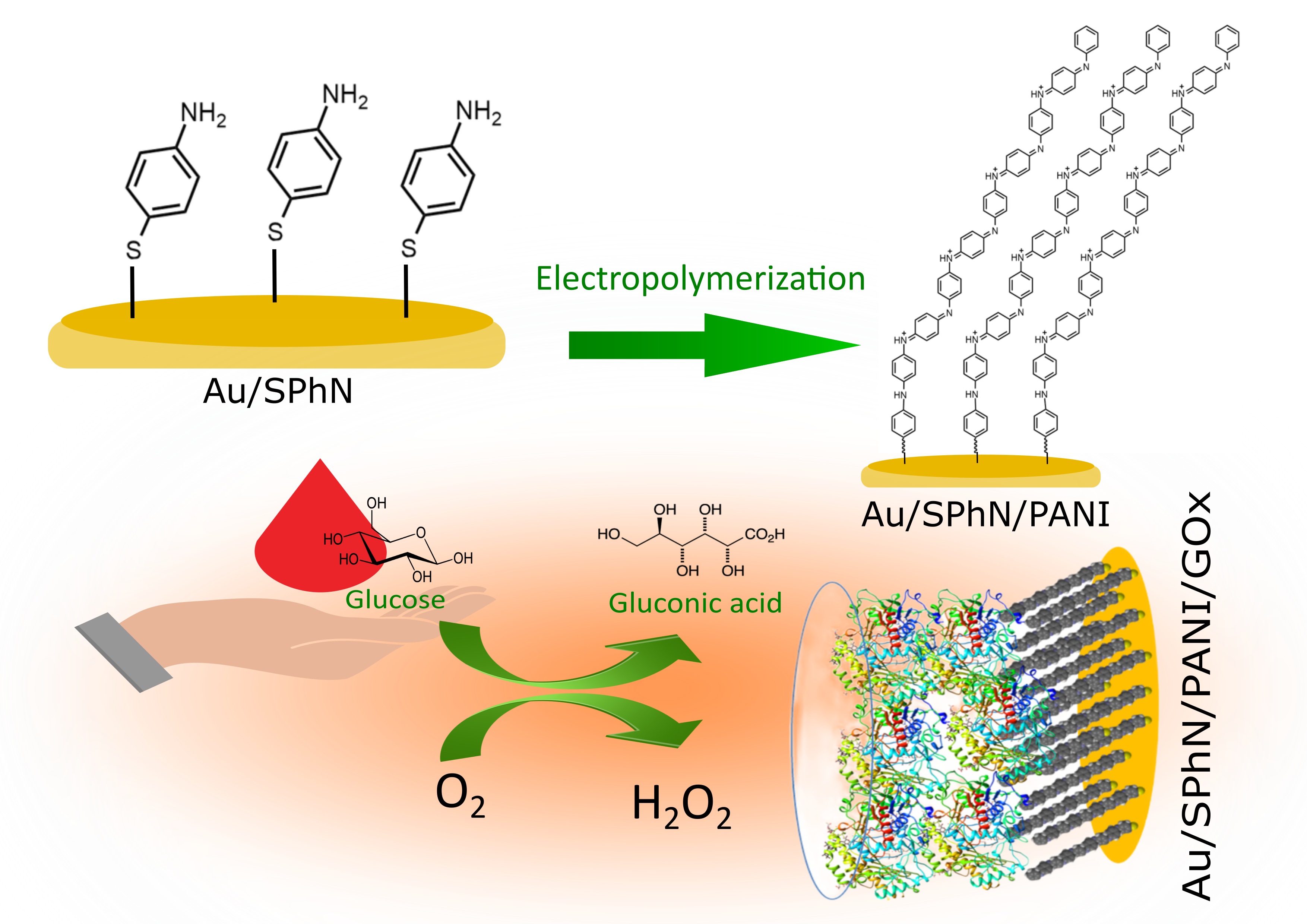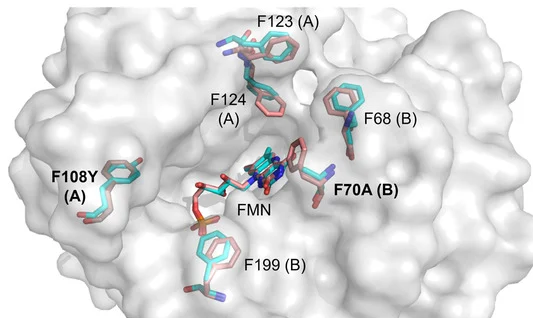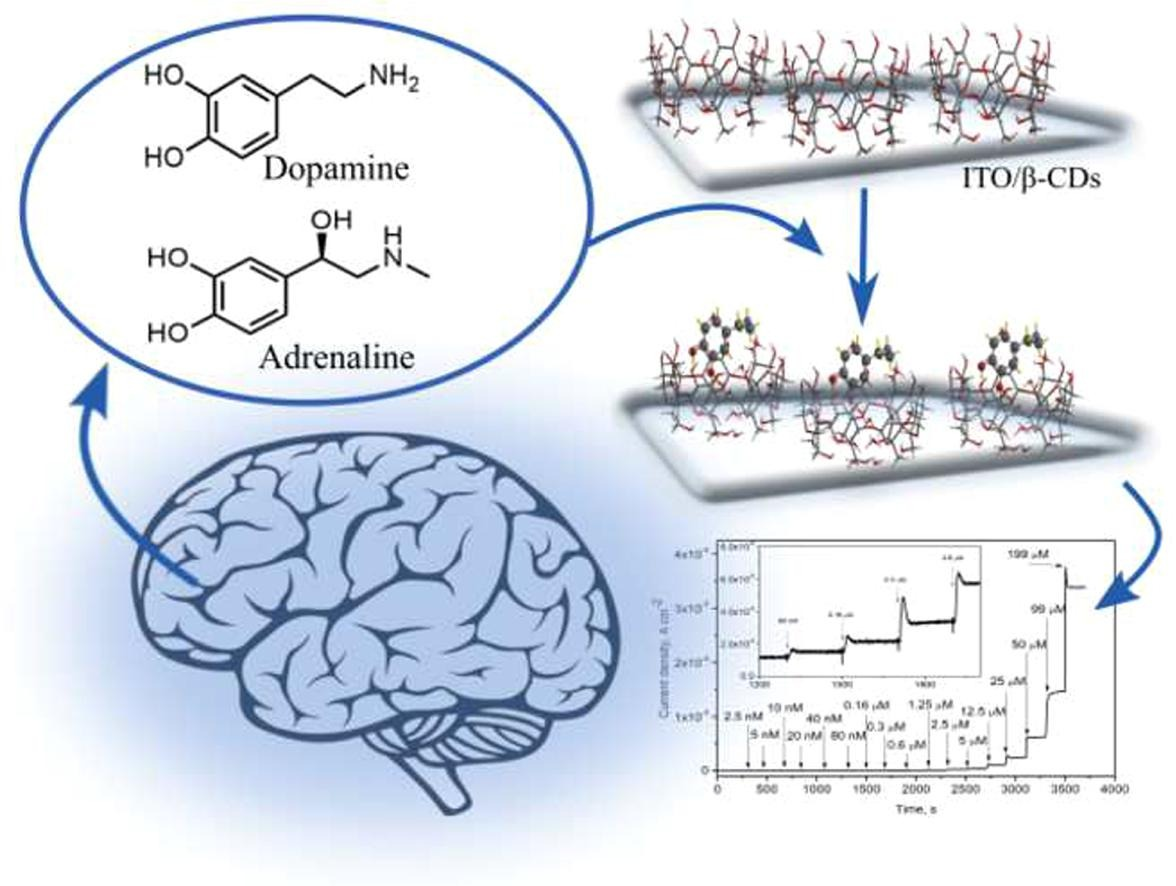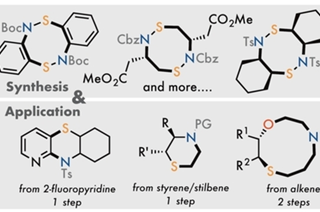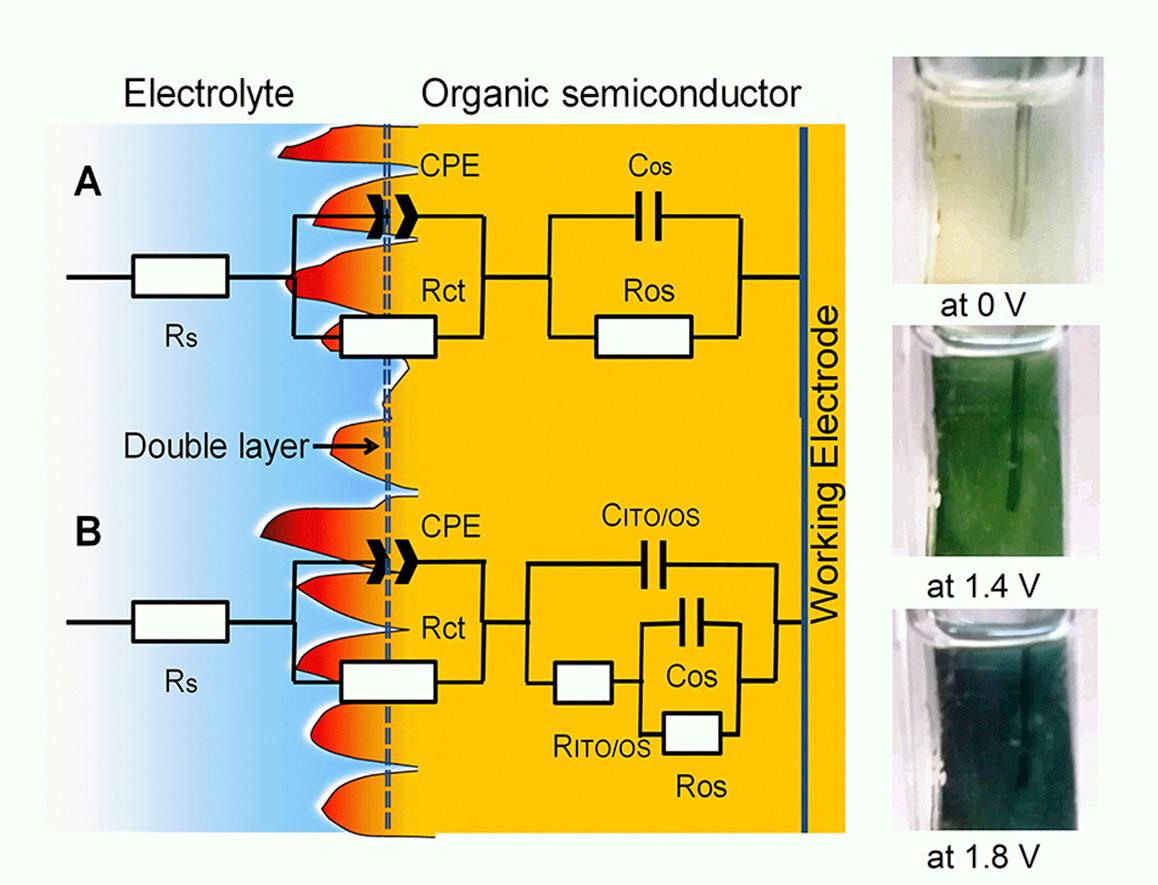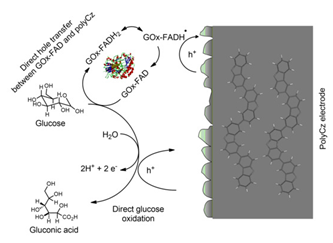Google Scholar ORCID Web of Science
| 2025 |
|
Vecelytė, V. Dudkaitė, O. Šedo, Z. Zdráhal and G. Bagdžiūnas*. Tyrosine-specific bioconjugation allowing hole hopping along aromatic chains of glucose oxidase. Materials Horizons, 2025, 12, 6301–6309 (MATERIALS SCIENCE, Q1) |
|
Lukoševičius, J.Kravčenko, G. Mikėnaitė, A. Markevičius, G. Bagdžiūnas*. Universal Platform Based on Carbon Nanotubes Functionalised with Carboxylic Acid Groups for Multi-Analyte Enzymatic Biosensing. Biosensors 2025, 15, 686 (CHEMISTRY, ANALYTICAL, Q1)
|
| 2024 |
|
G. Bagdžiūnas*, Can Chirality Answer Whether We Are Alone? Chirality, 2024, 36(8): e23708 (CHEMISTRY, ORGANIC, Q1)
|
|
A.V. Sharrock, J. S. Mumm, E.M. Williams, N. Čėnas, J.B. Smaill, A.V. Patterson, D.F. Ackerley,* G. Bagdžiūnas,* V. L. Arcus. Structural Evaluation of a Nitroreductase Engineered for Improved Activation of the 5-Nitroimidazole PET Probe SN33623. International Journal of Molecular Sciences, 2024, 25(12), 6593. (BIOCHEMISTRY & MOLECULAR BIOLOGY, Q1)
|
|
B. Valiauga, G. Bagdžiūnas, A.V., Sharrock, D.F. Ackerley, N. Čėnas, The Catalysis Mechanism of E. coli Nitroreductase A, a Candidate for Gene-Directed Prodrug Therapy: Potentiometric and Substrate Specificity Studies. International Journal of Molecular Sciences, 2024, 25, 4413. (BIOCHEMISTRY & MOLECULAR BIOLOGY, Q1)
|
|
E. Ragauskaitė, S. Marčiukaitis, I. Radveikienė, G. Bagdžiūnas*. An electrografted monolayer of polyaniline as a tuneable platform for a glucose biosensor. Nanoscale, 2024, 16, 4647-4655. (MATERIALS SCIENCE, MULTIDISCIPLINARY, Q1)
|
|
2023 |
|
V. Dudkaitė, V. Kairys, G. Bagdžiūnas*. Understanding the activity of glucose oxidase after exposure to organic solvents. J. Mater. Chem. B, 2023, 11 (11), 2409-2416. (MATERIALS SCIENCE, BIOMATERIALS, Q1) 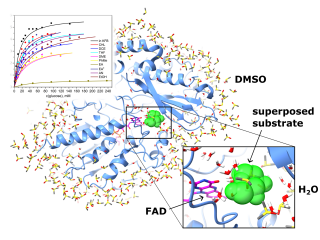 |
|
A.V. Sharrock, J. S. Mumm, G. Bagdžiūnas, N. Čėnas, V. L. Arcus, D. F. Ackerley. The Crystal Structure of Engineered Nitroreductase NTR 2.0 and Impact of F70A and F108Y Substitutions on Substrate Specificity. International Journal of Molecular Sciences, 2023, 24(7), 6633. (BIOCHEMISTRY & MOLECULAR BIOLOGY, Q1)
|
|
Editorial: G. Bagdžiūnas*. Electrochemistry and Spectroscopy-Based Biosensors. Biosensors 2023, 13, 9. (CHEMISTRY, ANALYTICAL, Q1) |
| 2022 |
|
V. Dudkaitė, G. Bagdžiūnas*. Functionalization of Glucose Oxidase in Organic Solvent: Towards Direct Electrical Communication across Enzyme-Electrode Interface. Biosensors 2022, 12, 335. (CHEMISTRY, ANALYTICAL, Q1)
|
|
I. Radveikienė, D. Palinauskas, E. Ragauskaitė, G. Bagdžiūnas*. Self-assembled cyclodextrins-based nanostructures on indium-tin-oxide for a detection of catecholamine neurotransmitters. Applied Surface Science 2022, 600, 154170. (MATERIALS SCIENCE, COATINGS & FILMS, Q1)
|
|
2021 |
|
G. Grybauskaitė-Kaminskienė, V. Dudkaitė, G. Bagdžiūnas*. Photophysical and semiconducting properties of isomeric triphenylimidazole derivatives with a benzophenone moiety. New Journal of Chemistry, 2021, 45, 19746-19754. (CHEMISTRY, MULTIDISCIPLINARY, Q2)
|
|
T. Javorskis, A. Jurys, G. Bagdžiūnas, E. Orentas. Synthesis of C‐ and N‐Substituted 1,5,2,6‐Dithiadiazocanes –Electrophilic‐Nucleophilic Thioamination (ENTA) Reagents. Adv. Synth. Catal. 2021, 363, 3329–3335 (CHEMISTRY, ORGANIC, Q1)
|
|
2020 |
|
G. Bagdžiūnas*. Theoretical design of molecularly imprinted polymers based on polyaniline and polypyrrole for detection of tryptophan. Mol. Syst. Des. Eng. 2020, 5, 1504–1512 (CHEMISTRY, PHYSICAL, Q2)
|
|
G. Bagdžiūnas*, D. Palinauskas, A. Ramanavičius. Towards colourless-to-green electrochromic smart glass based on a redox-active polymeric semiconductor containing carbazole moiety. Dyes and Pigments, 2020, 177, 108328. (CHEMISTRY, APPLIED, Q1)
|
|
G. Bagdžiūnas*, D. Palinauskas. Poly(9H-carbazole) as a Organic Semiconductor for Enzymatic and Non-Enzymatic Glucose Sensors. Biosensors 2020, 10(9), 104. (CHEMISTRY, ANALYTICAL, Q1)
|
|
E. Ros, M. Reig, C.Voz, G. Bagdziunas, P. Ortega, D. Velasco, J. Puigdollers. Shedding light on the Negative Differential Resistance Effect observed in Organic Thin-Film Transistors. ACS Appl. Electron. Mater. 2020, 2, 6, 1574–1582. (ENGINEERING, ELECTRICAL & ELECTRONIC, Q2)
|

